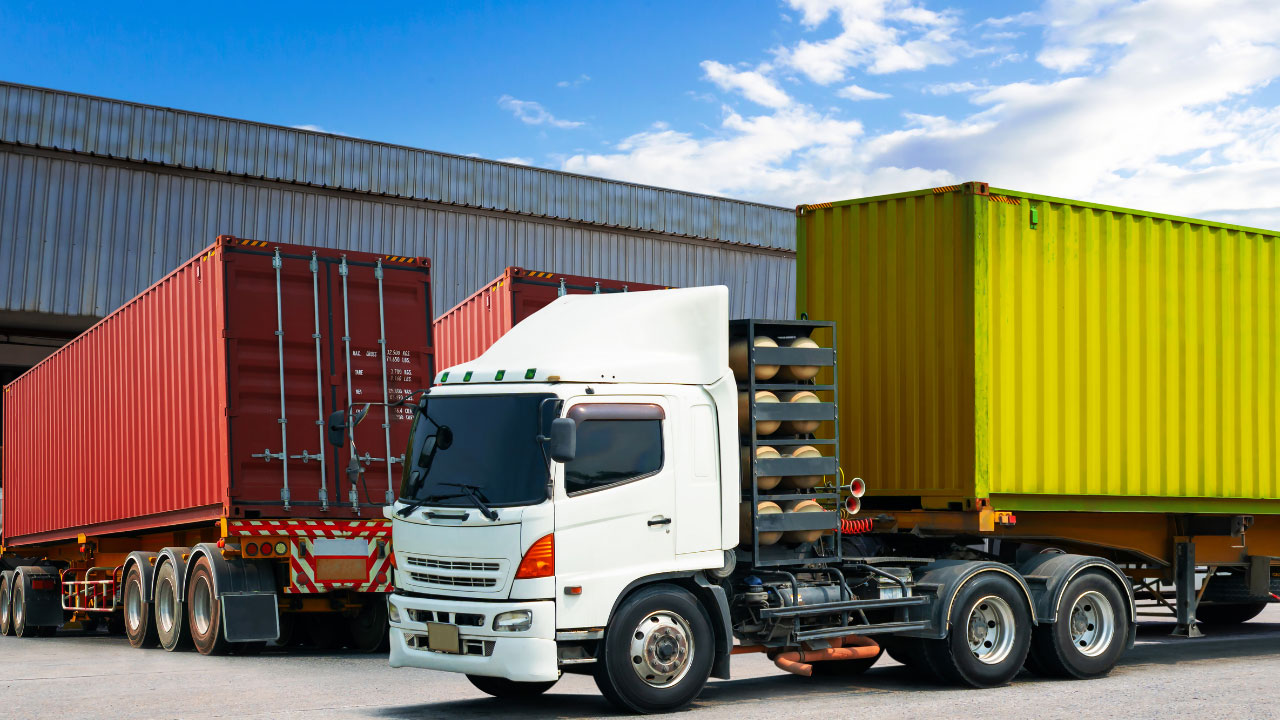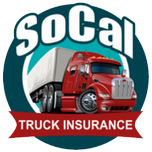
Industry Insights: How Different Types Of Cargo Impact Insurance Rates
Key Takeaways
- Higher-value items typically incur higher insurance rates due to increased financial risk.
- Goods that are more susceptible to damage or theft, like electronics and luxury items, also attract higher premiums.
- Insurance rates vary by transportation method due to different risks. Air, sea, and land transport each have unique risks.
- There are many types of cargo insuranceInsurance that covers loss or damage to freight during transit, which is critical for motor carriers.... These include All-Risk, Named PerilsSpecific dangers or risks listed in an insurance policy that are covered, as opposed to open perils ..., and Contingent. Each type offers different levels of coverage and costs.
- Regularly reviewing and comparing insurance policies can help. Optimizing packaging and assessing risk levels can also help. These actions can manage and maybe reduce cargo insurance costs.
Today’s global marketplace relies on the transport of goods. It is pivotal for the success of businesses in many sectors. Trucking companies in California need cargo insurance. It helps manage the financial risks of shipping goods, both domestically and internationally. Whether your shipments travel by motor truck, sea, or air, understanding motor truck cargo insuranceInsurance that covers the transporter for their responsibility in the event of damaged or lost freig... can be the difference between a minor inconvenience and a major financial setback.
Different types of cargo impact insurance rates based on:
- Value
- Risk of loss
- Risk of theft or damage
- Unforeseen events
- Complexity of the transportation involved
This blog aims to look at how cargo types can change insurance rates. It will offer strategies for businesses to manage these costs well.
Understanding Cargo Insurance
Motor truck cargo insurance provides coverage against the loss or damage of goods while they are being transported. Whether by land, sea, or air, this type of insurance is critical for businesses as it protects their financial interests from unforeseen incidents that could lead to significant financial losses.
The primary benefit of cargo insurance is the protection it offers against financial loss, ensuring business continuity and peace of mind. By covering various risks such as damage, theft, and loss of goods during transit, cargo insurance helps businesses safeguard their investments and maintain stable cash flowThe total amount of money being transferred into and out of a business, especially affecting its liq....
Factors Affecting Cargo Insurance Rates
Cargo Value
The value of the cargo being transported has a direct impact on insurance rates. Higher value items typically attract higher premiums due to the greater financial risk involved in their transportation. This relationship underscores the importance of accurately declaring the cargo’s value to ensure sufficient coverage.
Susceptibility To Damage
Goods that are fragile or perishable often require more comprehensive insurance coverage, which can lead to higher costs. The nature of these goods increases the risk of damage during handling and transit, necessitating higher premiums to cover potential losses.
Risk Of Theft
Certain types of goods, such as electronics and luxury items, are particularly attractive to thieves, which can increase insurance rates. High-risk items require additional security measures and higher insurance coverage to mitigate the risk of theft.
Destination And Route
Shipping routes and destinations that pass through high-risk areas—such as regions prone to piracy, political instability, or severe weather conditions—also influence cargo insurance rates. Insurers assess these external risk factors when determining premiums, reflecting the higher potential for loss.
Types of Cargo and Their Impact on Insurance Rates
Perishable Goods
Perishable goods like food items and pharmaceuticals require special handling, rapid transit, and temperature-controlled environments to maintain quality and safety during transportation. These requirements increase the risk of spoilage and damage, leading to higher insurance premiums.
Insurers must account for the added risks of time sensitivity and the necessity for specialized equipment, such as refrigerated containers. Proper packaging and adherence to Perishable Cargo Regulations (PCR) are essential to minimize risks and ensure safe delivery.
High-Value Items
Items like electronics, jewelry, and luxury goods carry higher insurance rates due to their significant value and the increased risk of theft. High-value items are also more likely to attract attention, making them targets for theft during transit.
Insurance providers often require additional security measures and may have stricter packaging standards to mitigate these risks. The premiums reflect the high cost of potential claims for these expensive goods.
Bulk Commodities
Bulk commodities such as grains, ores, and coal typically have lower insurance rates due to their lower value per unit. But, the total insurance cost can vary. It depends on how easily the cargo is damaged or spoiled during storage and handling.
Bulk commodities often need special consideration. This is due to factors like moisture and contamination risks. These factors can affect insurance premiums.
Hazardous Materials
Hazardous materials, like chemicals and flammable substances, need special insurance. This is because they can cause big environmental and physical damage in an accident. Insuring these materials involves assessing risks. This includes the type of hazard, the chance of accidents, and obeying regulations.
Premiums for hazardous materials are higher. They cover the added risk and the potential costs of cleanup and liabilityA financial obligation or debt owed by an individual or business to another entity, typically result.... This is in case of a spill or other incident.
Each type of cargo has unique traits. They affect insurance rates. Premiums are based on the value of the goods, the risk of damage or loss, and the complexity of transport and storage needs.
Types Of Cargo Insurance
There are main types of cargo insurance, including coverage for commercial trucks. They include All-Risk Insurance, Named Perils Insurance, and Contingent Insurance, each catering to different levels of risk coverage.
All-Risk Insurance
All-Risk Insurance covers cargo well against many risks during transit. But, it excludes negligent packing, acts of God (extreme weather events), and political risks like war and civil unrest. This type of insurance is preferred for new and low-risk goods, as it covers a wide array of potential losses.
Named Perils Insurance
Named Perils Insurance offers coverage for specific risks. These risks are agreed upon in the policy, such as theft, fire, collisions, and natural disasters. This type of policy is more limited and typically less expensive than All-Risk insurance. It is suitable for shippers who are willing to assume a greater level of risk and only want protection against particular perils.
Contingent Insurance
Contingent Insurance acts as a backup plan, providing coverage when the primary insurance fails. It is very useful for international shipments. They pass through many handlers or high-risk regions. The policy covers losses not addressed by the main insurer. This type of insurance is crucial for complex supply chains where responsibility for insurance might be unclear.
Tips For Managing Cargo Insurance Costs
- Assess Risk Levels: You must evaluate the specific risks for your cargo. This is crucial for picking the right insurance. Understanding the nature of the goods is key. Their risk of damage and threats during transit are important too. This understanding can help you tailor your insurance policyA contract between an insurance company and the policyholder, which outlines the terms under which t... well.
- Compare Insurance Providers: Shopping around is key to finding cheap cargo insurance and coverage options. Insurers may offer different premiums and exclusions. Comparing them can cut costs and ensure enough protection.
- Optimize Packaging And Handling: Investing in high-quality packaging and handling can reduce the risk of damage and, subsequently, insurance claims. This can also lead to lower premiums as insurers often provide discountsReductions in insurance premiums offered by insurers to policyholders who meet certain criteria that... for measures that mitigate risk.
- Review Insurance Policies Regularly: The needs of a business can change, and so can the conditions of transport and routes. Regularly reviewing your insurance policies ensures that your coverage remains relevant and adequate as your business evolves and as new risks emerge.
Frequently Asked Questions
Why is cargo insurance important for businesses?
Cargo insurance is crucial. It covers losses from damages or theft during transit. It ensures financial stability and continuity of business operations.
What are the main types of cargo insurance?
Cargo insurers offer mainly three types of insurance: All-Risk, Named Perils, and Contingent. Each type covers different levels of risk.
How does the type of cargo influence insurance rates?
Insurance rates vary based on the cargo’s value, risk of damage or theft, and the complexity of the transportation route.
Can I reduce my cargo insurance costs?
Yes. Optimizing packaging and comparing insurance providers can help. So can regularly reviewing insurance policies.
What does cargo insurance typically exclude?
Cargo insurance policies commonly exclude losses due to bad packing, inherent flaws, and deliberate damage.
Secure Customized Cargo Insurance Solutions With SoCal Truck Insurance
Navigating the complexities of cargo insurance for commercial trucks doesn’t have to be daunting. You can understand the types of insurance. You can assess your shipment’s needs. Then, you can choose coverage that fits your budget. It will also protect your assets. You should regularly evaluate your policies. Also, stay informed about the factors that affect insurance rates. This will further optimize your risk managementThe process of identifying, assessing, and controlling threats to an organization's capital and earn... strategies. Remember, the right cargo insurance policy boosts your business in California. It supports your long-term success.
Secure comprehensive cargo insurance tailored to your specific needs with SoCal Truck Insurance. Discover custom truck insurance solutions that protect your assets and give you peace of mind. Get a quote today!


